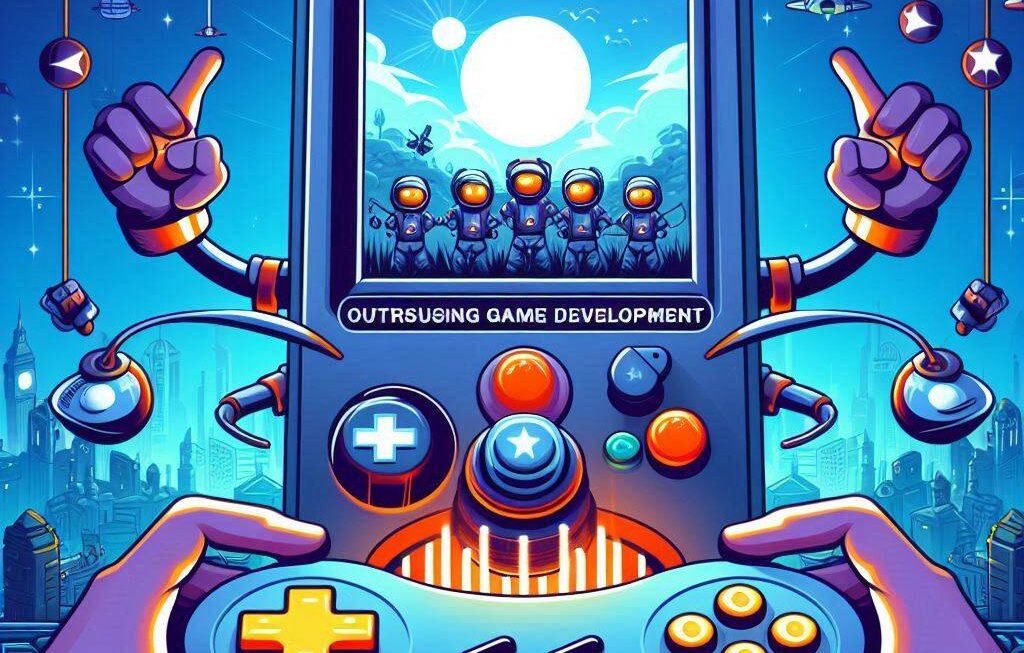In the ever-evolving landscape of game development, maintaining high levels of user engagement is paramount to achieving success.
Understanding Your Audience
“Know your audience, and they will be your customers,” said Philip Kotler, a renowned marketing guru. To create games that resonate with players, it is essential to comprehend who they are. Surveys, player behavior analysis, and tailoring the game according to their preferences are all crucial steps in this process.

Storytelling and Immersion
A captivating narrative can hook players and keep them engaged for extended periods. Utilize storytelling techniques to create an immersive gaming experience. Make the story relatable, engaging, and progressively complex to maintain interest while keeping players invested in the game’s world.
Gamification Techniques
Gamification strategies such as rewards, leaderboards, and achievements can significantly boost user engagement. These elements provide a sense of accomplishment and foster competition among players, encouraging them to progress further in the game.
Iterative Development and Feedback Loop
“The best way to predict the future is to create it,” said Peter Drucker. Regularly update your game based on player feedback. Iterate quickly, test, and release updates to keep the game fresh and exciting while ensuring that it remains relevant to its audience.
Case Study: Angry Birds
Rovio Entertainment’s Angry Birds serves as a prime example of successful user engagement. The game’s addictive gameplay, simple controls, and regular updates kept players engaged for hours, demonstrating the power of iterative development and feedback loops in maintaining high levels of player engagement.
Experimentation and Innovation
Don’t shy away from experimenting with new mechanics, art styles, or storylines. Innovation can set your game apart from the competition and attract a wider audience, ultimately leading to increased user engagement.
Balancing Challenge and Rewards
A well-balanced game provides enough challenge to keep players engaged but not so much that they become frustrated. Offer rewards for overcoming challenges to motivate players to push through difficult levels while maintaining a sense of progression and achievement.
Retention Strategies
Retaining players is as important as acquiring them. Utilize push notifications, in-app messages, and events to keep players engaged and coming back for more, fostering long-term relationships with your audience.
FAQs
Q: How can I understand my audience better?
A: Conduct surveys, analyze player behavior, and gather feedback to gain insights into your audience’s preferences and needs.
Q: What is gamification?
A: Gamification is the application of game design elements in non-game contexts to engage and motivate users, enhancing their overall experience.
In conclusion, optimizing game development for maximum user engagement requires a deep understanding of your audience, innovative gameplay mechanics, and a commitment to continuous improvement. By following these strategies, you can create games that captivate players and keep them coming back for more, ultimately leading to increased player satisfaction and success in the competitive world of game development.



